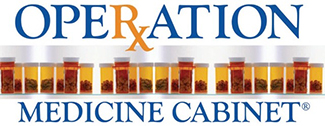Age Related Macular Degeneration (AMD)
Macular Degeneration involves the deterioration of the retina which is responsible for the central part of the vision in the eye. Damage to the macula, or central spot of the retina, is what gives it its name. The retina is critical to clear central vision and is what allows us to see objects straight ahead. Generally, it is referred to as Age Related Macular Degeneration (AMD) because it primarily affects people over 60 years old. There is one type of macular degeneration that affects young people and is caused by a recessive gene. This is called Stargardt Disease and is relatively rare with only 1 in 10,000 people likely affected. In contrast, AMD is the leading cause of vision loss in individuals over 50 years old. It affects approximately 11 million people in the United States and 170 million worldwide. AMD has two basic types-dry and wet forms. Dry AMD

